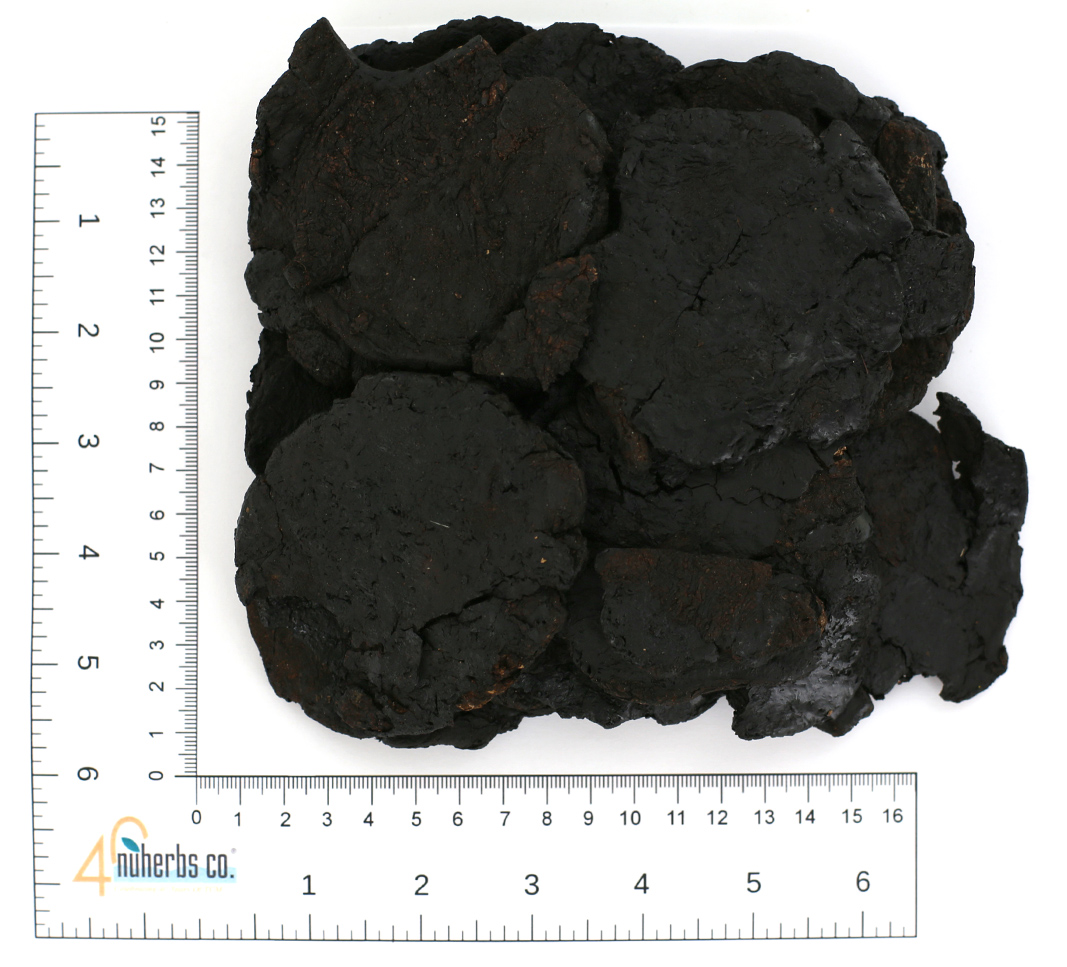Single Herb Glossary
Shēng Dì Huáng 生地黄

| Pharmaceutical name | Rehmanniae Glutinosae, Radix |
| Category | Clear Heat, Cool Blood |
| Key Properties | Enriches yin Cools blood Clears heat Very cloying (sticky) |
| Properties | Sweet Bitter Cold |
| Tropism | HT, KD, LV |
| Actions & Indications | 1) Clears Heat & Cools the Blood 2) Nourishes yin & Generates Fluids (Waste & Thirst) |
| Dosages | 9-15g – avoid contact with iron during prep Possible anaphylactic shock 100g+ |
| Contraindications (TCM) | CI: weak ST/Sp Qi or Yang (jiu zi; avoid impeding digestion) CI: post-partum with poor appetite, diarrhea, or abdonminal pain or clumping; a lack of free-flow Qi & obstruction of its ascending & descending |
| Contraindications (Western) | |
| Chemical Composition | Catalpol, 6-o-acetylcatalpol, aucubin, melittoside, rehmanniosides A,B,C,D; rehmaglutins A,B,C,D; glutinoside, rehmannans A,B,C; stachyose, D-mannitol |
| Pharmacological Effects | • Anti-inflammatory: water and alcohol extracts at 10 g/kg/day for 5 days showed marked effectiveness in reducing inflammation and swelling in mice • Endocrine: definite effect on endocrine system; ingestion increases plasma levels of adrenocortical hormone, even in presence of dexamethasone; proposed that Sheng Di Huang works by inhibiting the negative feedback from the dexamethasone to the pituitary gland; other herbs that have shown similar influence include Zhi Mu (Radix Anemarrhenae) and Gan Cao (Radix Glycyrrhizae) • Others: cardiotonic, antihypertensive, hemostatic, hepatoprotective, diuretic and antibiotic effects |
| Herb-Drug Interactions | |
| Classical Formula(s) |
This information is a reference tool for Chinese herbal studies. It is not intended to replace professional medical advice. Please consult a primary health professional if you require health advisory.
